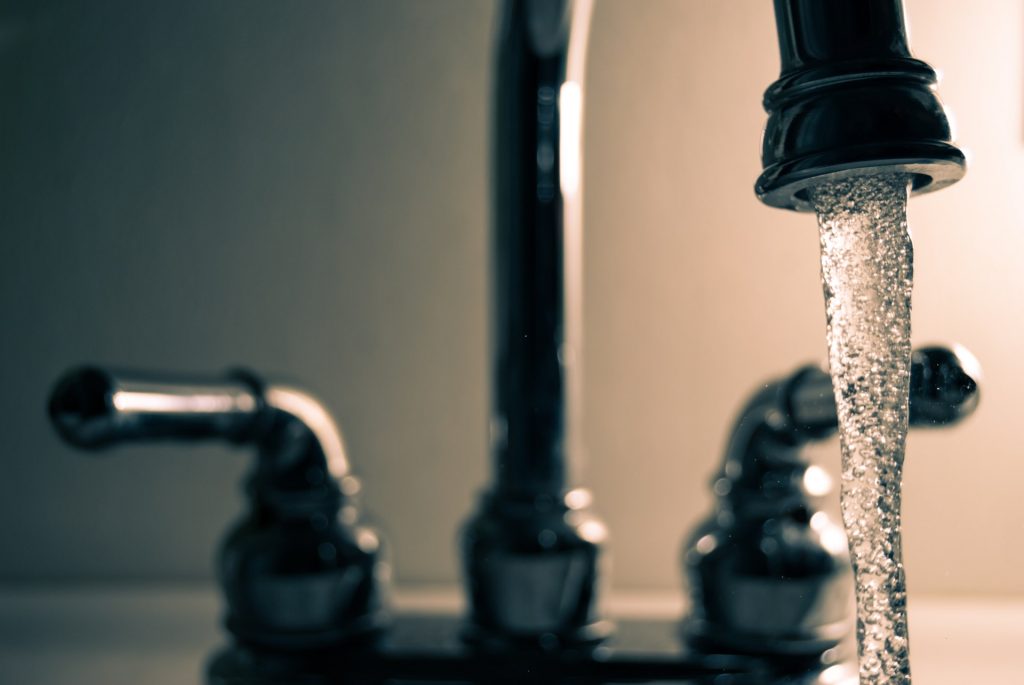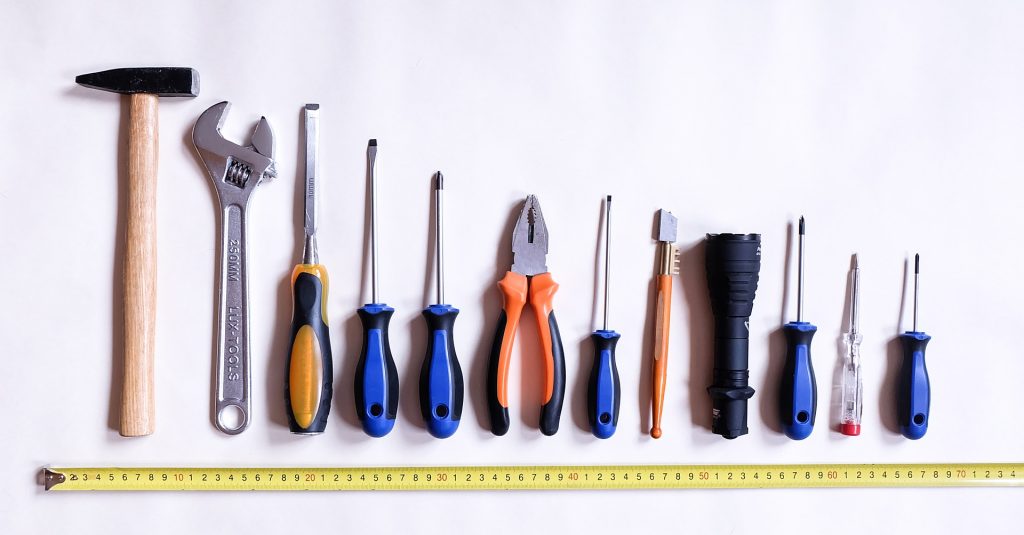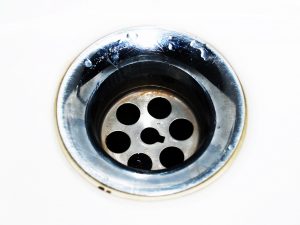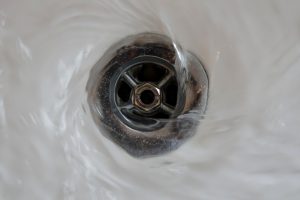
As a plumbing company, Anchor Plumbing is all too familiar with kitchen sink drain leaking problems and other big issues that can happen in a kitchen. This month, we’re looking at how to fix a leaky kitchen sink drain. Every leak is a bad leak, right? It can cause damage to your home, create a mold problem, and other major issues. So let’s look at how to detect a kitchen leak and how to repair a leak from your kitchen sink drain pipe, sink strainer, and other common areas.
Discover Your Leaking Sink Drain
When a leak is under the sink, behind a dishwasher, or another place that’s out of the way or really small, it can be a while before you notice any major signs that you have a leak. So how do you catch a leak at the drain line or drain opening?

A sink drain leak can be tricky because it will often be a slow leak that occurs when you’re using the sink. If you notice items becoming damp or drenched after sink usage, or if you notice a warped or wet cupboard under the sink, this can be a sign of a drain leak (or even a drain pipe leak).
How do you tell the difference between a pipe leak and a drain leak? If you have a pipe leak, it an either be a major spectacle (water spraying out of a pipe) or it can be so small you don’t notice. The best way to discover a pipe leak is to check under the sink while your water is running. Feel around the joints and along the pipe to check for any leaks.
For a drain leak, it might be harder to check. These leaks are usually slow and sneaky! The best way to find a drain leak is to fill up your sink and let the water sit. After a while, check the drain from beneath the sink and see if there are any drips or drops escaping. Having a hard time checking with your fingers? Use a tissue to dab at the strainer assembly and see if there is any water coming out. If so, you probably have a drain leak. Luckily, they are not too complicated for a DIY job!
Kitchen Drain DIY Plumbing Repairs
Fixing your kitchen drain leak yourself is actually easier than you probably think. With some elbow grease, a couple of tools from the hardware store, and a short guide will help you with this task. You’re going to completely remove and replace the kitchen sink drain and hopefully stop up that leak!

The first step is to loosen the coupling nut that is located at the very base of the kitchen sink’s strainer basket. It should be easily done with a pair of slip-joint pliers. Once you’ve loosened it, you should be able to slide it right of the threads.
The next step is to unscrew the locknut and remove it, probably using the same pliers as before. This can be a bit hard to manage, and you may want to ask someone to help you since the basket can spin. If the locknut is stuck or rusted, use some oil to help you in the process. Once the locknut is removed, also remove the friction ring, washer, and gasket. You’ll then be able to remove the strainer along with the rubber gasket, etc.
Replacing the Strainer

Now it’s time for the actual fix. You’ll need to remove the old putty from around where the strainer was, and to do this you’ll need a putty knife. A putty knife is the perfect tool to make sure you don’t scratch the sink during your repair.
Depend on your sink type, you’ll use either a plumber’s putty or a silicone that isn’t water-based. Some new sinks can’t use putty on the sink, but this should be labeled OR you can look it up.
Apply the putty or silicone to your sink around the sink drain opening. Using either your old strainer or a newly-purchased strainer, press it firmly into the putty. Scrape away any excess putty that mushes out from around the rim, and then you’re set. Put the rubber gasket, friction ring, and then locknut back where they were before (make sure it’s the right order!) and tighten up everything.
Your leaky kitchen sink drain should be fixed!
You’re Finished!

In under an hour, you can replace your very own kitchen sink drain and stop that pesky leak. It’s not a difficult task and there’s very little to mess up during the process. Check to make sure your leak is fixed once the job is finished!
If you have additional leaks or it doesn’t seem to fix your problem, there may be more problems under the surface. Call a local professional plumber like Anchor Plumbing for an expert eye! It can save you time, money, and water damage if the problem is more complicated than you expected.

No Comments